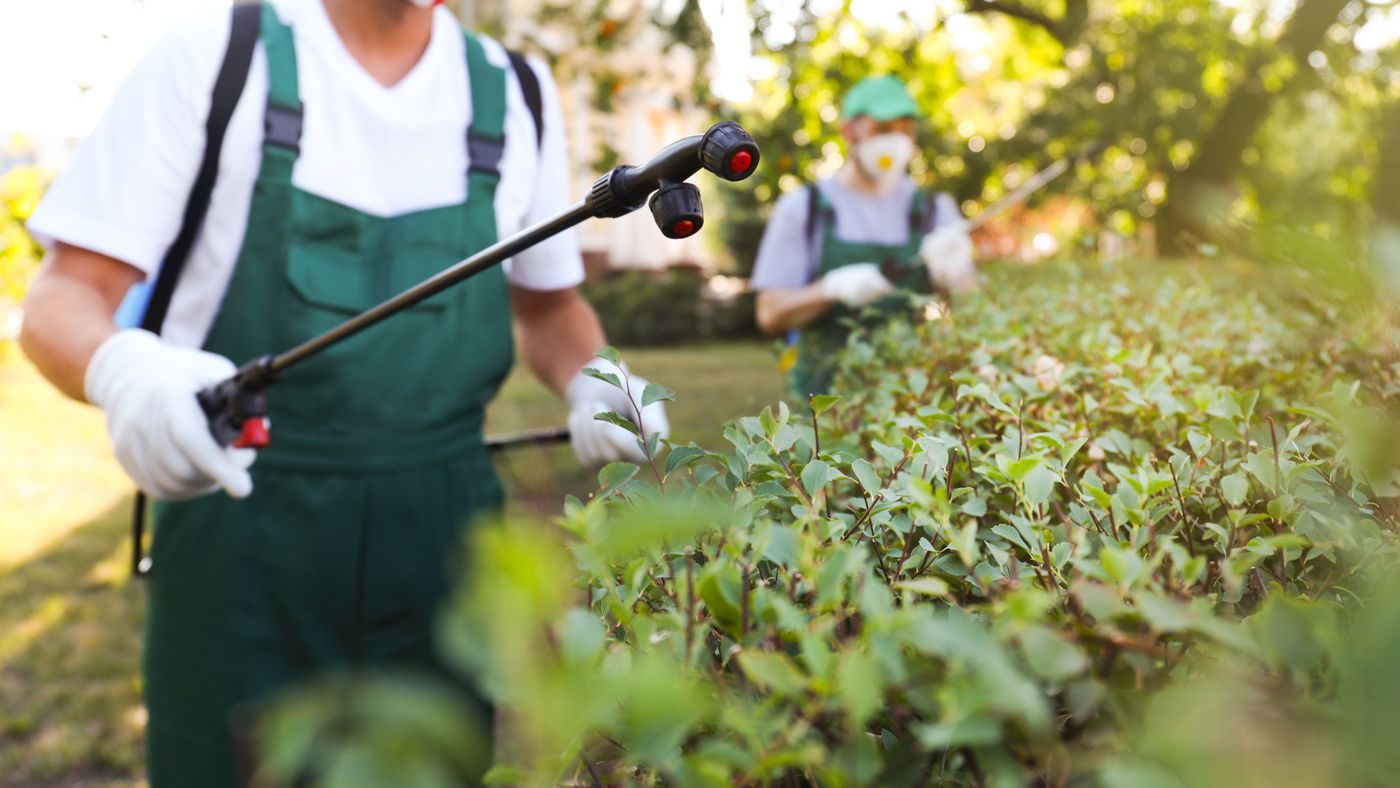Using elevated yard beds has some advantages over various other styles of gardening. Elevated raised garden bed kits result in improved dirt drain, lowered compaction of dirt, and easier upkeep. Also, yard beds are more cost-efficient since changes will be applied to the bed locations and not the entire garden. Larger harvests are expected, given that plants can be spaced better in an elevated garden bed. For garden enthusiasts who stay in areas with a chilly climate, using high garden beds can allow them to obtain a running start on growing for spring. This short article reviews just how you can develop your garden.
1. Pick the area where the yard will be put. It should remain in a location that obtains a great deal of sunshine and away from trees and other contending plants. Measure out an area that is 4 feet large and 8 feet long.
2. Clear all the weeds, lawn, and huge rocks from the significant area. Make sure to take out the weeds by the origin instead of simply digging them under. This technique will leave the weed seeds beneath the ground, where they can germinate and settle amongst your vegetables.
3. Select the material you wish to use for your bed framework. You can use slabs that have been collaborated to develop a bottomless box. Conversely, bricks or concrete blocks can be used to form the sides of your bed.
4. Once the bed structure has been built, remove the raised garden bed area to make it even. Eliminate any large stones and rocks and break up clods of earth to create great, loose soil for planting.
5. Lay a tarp beside the bed frame. Utilizing a shovel, take the top 12 inches of topsoil within the bed framework and shovel it right into the tarp. Make use of a hoe to loosen up about 6 inches of dirt inside the framework of your raised garden bed.
6. Analyze the makeup of the topsoil that you have shoveled onto the tarp. If it shows up to have too much clay, include one part of sand to every two parts of topsoil. Amend the soil better by adding one part of garden compost or peat moss for every two parts of the ground. Mix everything well to generate a good appearance for planting.
- Return the amended topsoil on the loosened-up dirt within the bed framework. The bed should be filled to 2 inches below the frame’s rim (the space is required for mulching later). Rake the soil to make it even. The elevated garden boxes are now prepared to be planted.





